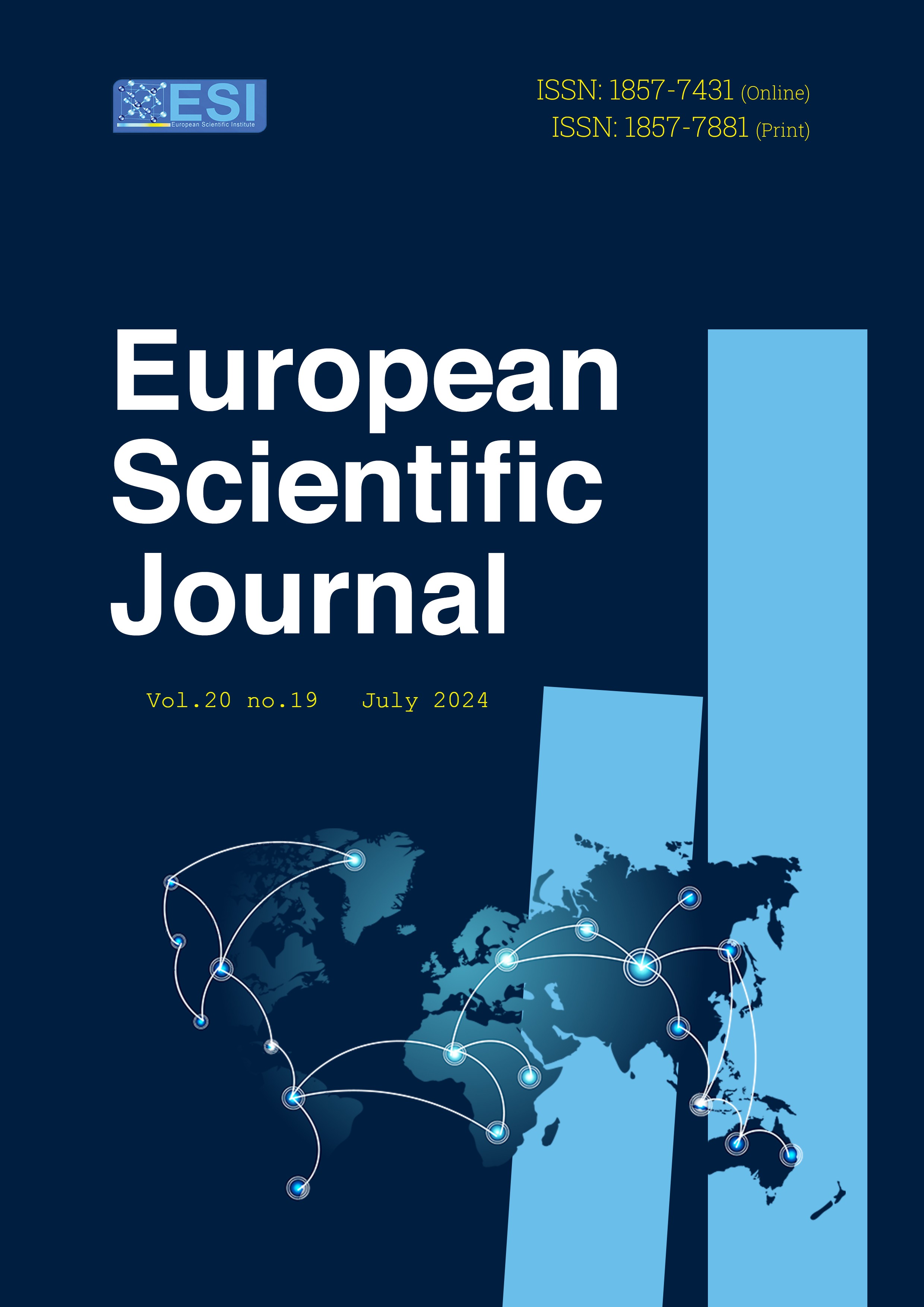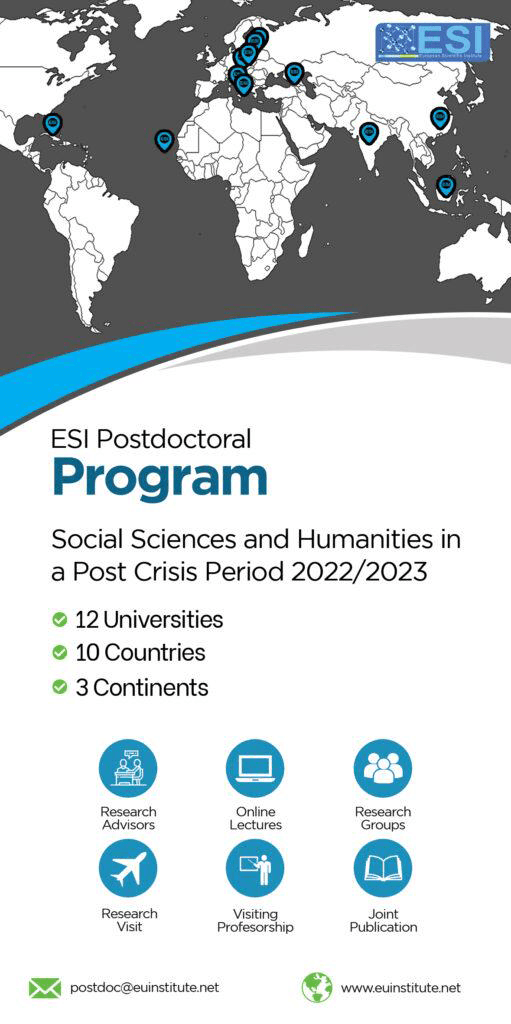Tourist itineraries for Sustainable Mobility: an application in the Salento Area (Italy)
Abstract
The purpose of this work is to define the design process, implemented through an analytical methodology, of two sustainable mobility tourist routes in a specific area of southern Italy (Salento); methodology applicable to other territorial realities. This design process was developed in the context of the 2014/2020 Interreg V-A Greece-Italy cross-border cooperation strategic project called "AI SMART_Adriatic Ionian Small Port Network". It takes into account the analysis of existing Plans and Programs at different levels (Sustainable Mobility Urban Plans; cycling routes; Territorial Plans, etc.), the analysis of statistical data in the area related to employment and tourism; the interlocution with key stakeholders, the analysis of architectural, landscape and food and wine surpluses. These routes have been defined for the interaction of the port of Otranto with the hinterland territories and with the opposite Ionian coast to promote the sustainable and inclusive transnational tourist fruition of the Apulian territory. The genesis of the two thematic itineraries stems from the need/willingness to valorise some areas of Salento through the connection of significant nodes in terms of landscape, architectural and historical value, which define two routes with Pulsano and Otranto as their vertices. The project brings together the potential of the Salento as an area with a strong tourist value, with the theme of sustainable mobility, suggesting the seasonality of travel of each, to meet the needs of deseasonalization of an area with a high summer and seaside tourism vocation.
Downloads
Metrics
PlumX Statistics
References
2. Bazhinov, A.; Bazhinova, T.; Podrigalo, M.; Kholodov, M. Dynamics Hybrid Vehicle Driven with Electric Motor Driving Wheels 411 from Batteries. In SAE Technical Paper, 2022.
3. Bergantino, A., Buongiorno, A., Intini, M., Turismo e mobilità sostenibile nelle aree naturali protette pugliesi (2021). REPoT (1-20).
4. Butler R., W., (1991). Tourism, Environment, and Sustainable Development. Environmental Conservation, Vol.18, pp. 201-209.
5. Candela, G., Figini, P., 2010. Economia del turismo e delle destinazioni. Seconda edizione. Mc Graw Hill,
6. Carlucci, F., Cirà, A., Migliardo, A., (2012). Aree naturali protette e strumenti di analisi per la pianificazione degli interventi. Italian Journal of Regional Science. Scienze Regionali Vol.11, n.1 pp. 93-116
7. Castanho, R., Loures, L., Fernández, J., & Pozo, L. (2018). Identifying critical factors for success in Cross Border Cooperation (CBC) development projects. Habitat International, 72, 92-99.
8. Castro, D., Alvarez, L., & Varela, E. (2015). Building Europolis on the Basis of Local “Informal” Cooperation in European Cross-Border Spaces: The Case of RIET. Geopolitical Magazine e Studies of Space and Power, 6(2), 225e246.
9. Fadigas, L. (2010). Urbanismo e Natureza e Os Desafios. Lisbon, Portugal.
10. Fadigas, L. (2015). Urbanismo e Territorio e As políticas públicas. Lisbon, Portugal
11. Griffiths, S., Del Rio, D. F., & Sovacool, B. (2021). Policy mixes to achieve sustainable mobility after the COVID-19 crisis. Renewable and Sustainable Energy Reviews, 143, 110919.
12. Kuranc, A., Caban, J., Šarkan, B., Dudziak, A., & Stoma, M. (2021). Emission of selected exhaust gas components and fuel con-402 sumption in different driving cycles. Communications-Scientific letters of the University of Zilina, 23(4), B265-B277.
13. Markowska, K.; Flizikowski, J.; Bieliński, K.; Tomporowski, A.; Kruszelnicka, W.; Kasner, R.; Bałdowska-Witos, P.; Mazur, Ł. 408 The Comparative Assessment of Effects on the Power System and Environment of Selected Electric Transport Means in Poland. 409 Materials 2021, 14, 4556, pp. 1-3.
14. Montaguti, F. Minghetti, V. (2017) BRAND AWARENESS, IMAGE ED EQUITY DELLA PUGLIA Sintesi ragionata dei risultati delle analisi condotte sul mercato italiano ed estero .CISET.
15. Nijkamp, P., Rietveld, P., Salomon, I., 1990. Barriers in spatial interactions and communications. a conceptual exploration. Ann. Reg. Sci. 24 (4), 237–252.
16. Khanna, P. (2016). Connectography: le mappe del futuro ordine mondiale. Fazi Editore.
17. Nave, E., & Franco, M. (2021). Cross-border cooperation to strengthen innovation and knowledge transfer: An Iberian case. Innovation: The European Journal of Social Science Research, 1-19.
18. PNR 2021-2027_ GRANDE AMBITO DI RICERCA E INNOVAZIONE: CLIMA, ENERGIA, MOBILITÀ SOSTENIBILE. (2020). Ministero dell’Università e della Ricerca
19. Piano Paesaggistico Territoriale Regionale http://www.sit.puglia.it/portal/portale_pianificazione_regionale/Piano%20Paesaggistico%20Territoriale
20. Piano Regionale della Mobilità Ciclistica: http://asset.regione.puglia.it/?mobilita
21. PUMS Pulsano-Leporano: https://www.comune.pulsano.ta.it/index.php/pums-piano-urbano-di-mobilita-sostenibile-pulsano-leporano
22. Relazione di sintesi 2021 sulla partecipazione italiana ai Programmi di Cooperazione Territoriale Europea, ENI ed IPA II 2014/2020. Presidenza del Consiglio dei Ministri e Agenzia per la Coesione Territoriale. 2021
23. Tucki, K., Mruk, R., Orynycz, O., Botwińska, K., Gola, A., & Bączyk, A. (2019). Toxicity of exhaust fumes (CO, NOx) of the 404 compression-ignition (diesel) engine with the use of simulation. Sustainability, 11(8), 2188.
Copyright (c) 2024 Barbara Trincone

This work is licensed under a Creative Commons Attribution 4.0 International License.








